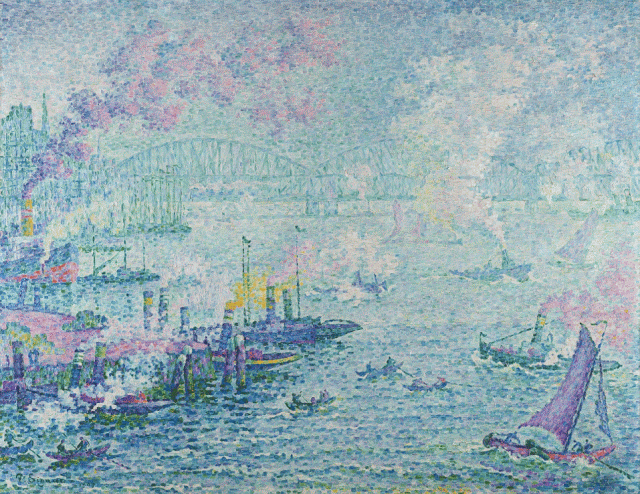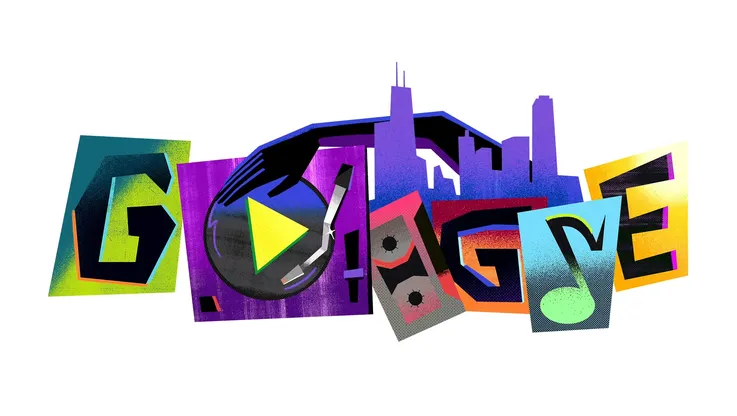An eye for detail: Zoom through 1,000 artworks thanks to the new Art Camera from the Google Cultural Institute

Zooming into these images is the closest thing to walking up to the real thing with a magnifying glass. This is why we’re so excited about our new Art Camera—a custom-built camera ready to travel around the world to bring people more of these ultra-high-resolution images than ever possible before.
The Art Camera is a robotic camera, custom-built to create gigapixel images faster and more easily. A robotic system steers the camera automatically from detail to detail, taking hundreds of high resolution close-ups of the painting. To make sure the focus is right on each brush stroke, it’s equipped with a laser and a sonar that—much like a bat—uses high frequency sound to measure the distance of the artwork. Once each detail is captured, our software takes the thousands of close-up shots and, like a jigsaw, stitches the pieces together into one single image.
The Art Camera will dramatically increase the scale and depth at which museums are able to provide access to our shared cultural heritage to anyone around the world. For example, if you wanted to see Van Gogh’s six famous portraits of the Roulin family up close, you’d need to travel across the Netherlands then over to LA and New York. Now the Art Camera can travel for you. It’s already captured the Portrait of Armand Roulin, which you can explore alongside the rest of the family, all in one place.
Today, we’re sharing the first thousand ultra-high resolution images of artworks from artists including Pissarro, Signac, Rembrandt, Van Gogh, Monet and many more from museums across Australia, India, the Netherlands, Brazil and everywhere in between. As we prepare to celebrate International Museum Day and welcome more than 25 new museums on the Google Cultural Institute, we want to thank everyone who worked with us to test the new camera in the recent months. Thanks to their work, today you can start zooming and explore more art in the details than ever before!








